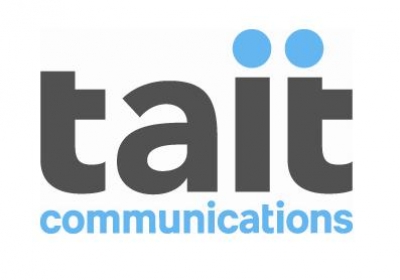Finding the balance for affordable, reliable wide area grid automation and M2M telemetry
Distribution utilities and resource companies face difficult choices to manage the myriad of use cases in grid modernization and machine-to-machine (M2M). Reliable communications to remote devices is a constant challenge to deliver the gird wide efficiency improvements possible from Distribution Automation (DA). Organizations face a dramatic increase in the volume of operational and customer related data as the dawn of distributed generation are preparing for the future of Advanced Distribution Automation (ADA), which will drive new benefits in measuring devices and sensors, as well as new control and protection ideas to control pricing and protect asset lifecycles.
Most organizations implemented wired and wireless communications optimized for urban areas, yet delivering power reliably, safely and cost effectively over diverse and remote terrains is a constant challenge. In the past the business case for reaching rural automation was elusive. Increasingly weather events such as fires, wind storms, blizzards and unplanned vegetation growth wreak havoc on your remote lines costing you valuable operational time and resources to troubleshoot, and sometimes regulatory penalties.
Analogue mobile radio solutions of the past offered reliable wide-area voice communications, but were closed systems, not optimized for data communications, nor scalable. Satellite communications reached to remote areas, but was expensive and suffered from latency delay.
Now organizations have access to open, secure and reliable private radio communications solution that is low cost and highly scalable even across rural areas where cost to fix circuits is the highest and where SAIDI and CAIDI metrics often suffer.
If you are an ICT decision maker, attend this webinar to learn about the emergence of trunked digital mobile radio standards such as DMR that have the ability to prioritize voice and data traffic, scale to centralised monitoring across large numbers of nodes, and future wireless communication devices that operate over a multitude of networks including DMR, and in the future 3G, 4G and LTE. For utility operations professionals and financial officers in charge of the capital expenditures, attend to hear about the considerations involved for a successful DA rollout in rural areas and the economic factors that made it possible.
Presented by

Philip Mullins,
Senior Solutions Manager
Philip Mullins comes to Tait as the former Executive Industry Consultant in IBM's Global Center of Excellence for Energy and Utilities . He served both internal and external clients as a trusted adviser on utility communications and was a leader in the development of IBM's Global Intelligent Utility Network Communications Reference Architecture and Solution Offering.
Philip has over 32 years of experience in the communications technology and Energy and Utilities industry with deep subject matter expertise in radio based technologies including; Analog and Digital Land Mobile Radio, Microwave, Analog and Digital Cellular, MESH and WiMAX. Over the past 10 years, Philip has focused on Smart Grid related communications, executing strategy and assessment engagements at leading US Utilities and developing intellectual capital assets that supported IBM's global solution delivery teams.
Philip is also an IBM Inventor, holding five issued patents, with 1 patents pending,
Prior to IBM, Philip was a leader in Texaco's Global Information Services organization for several years and prior to that spend 14 years as a senior member of the technical staff at Motorola and supported the evolution of wireless technologies through the early development of Digital Land Mobile Radio through Digital Cellular and emerging 3G Technologies.
Philip is also a United States Air Force Veteran that specialized in Ground Radio Communication Systems, and Combat Radio Communications Systems.
Read Philip Mullins Interview




